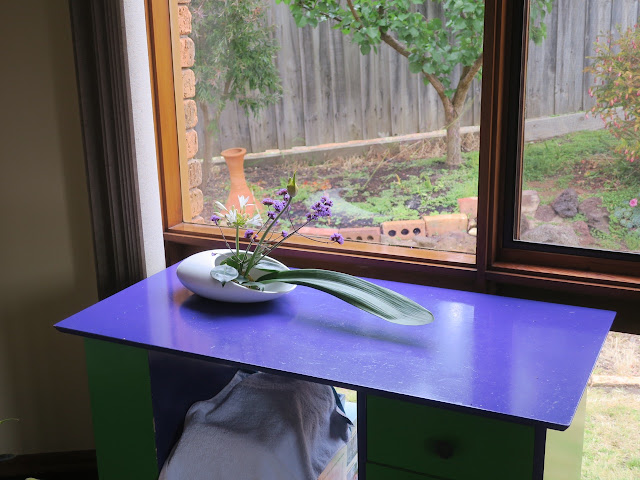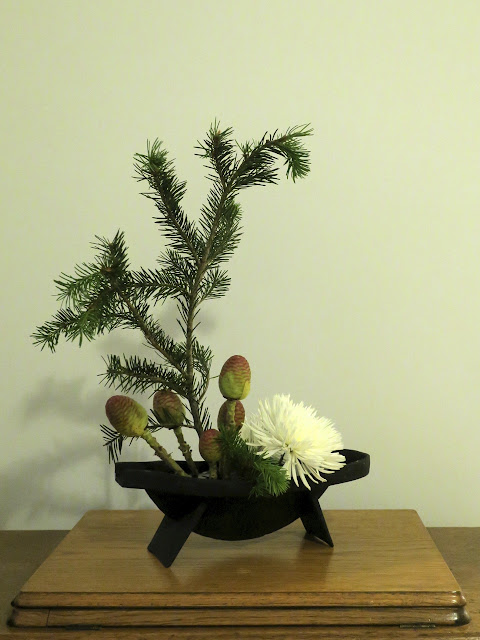Recently, when I visited my brother's house, I was amazed to see a large number of welcome swallows flying about the house in the early evening. It had been a rather warm day and there were a lot of insects flying around.
The sight took me back to my childhood as our house was named "Illabunda" ("the place of swallows"). This is a word from the Toongagi clan of the Dharuk people in the Sydney area of New South Wales. Indeed, there were many swallows to be seen around our house in the summer because there was a wetland across the road. These days the wetland has gone, replaced by a park.
As you can see this small colony of swallows have made quite a number of their mud and grass nests. These particular nests are somewhat bottle-shaped, which I have never seen before. The mud must have come from different sources resulting in the colour banding you can see.
While on the fauna theme, I thought I would show you these photos of an echidna we saw in the Iron Bark Basin nature reserve last week.
The photo were taken on 'zoom' from a distance as I did not want to disturb this otherwise content creature.
The echidna finally crossed a boundary into private property, where it fossicked for ants in the rotting root of a dead tree.
The next series of photos are from the second last class back in late November of my Torquay students. I had set the exercise of contrasting a single line with a mass which they had to create. The point being that it is not acceptable to use a natural mass, such as a single large hydrangea flowerhead.
Helen T used a stem of Kangaroo Paw Angiozanthos and a mass of Jade Plant Crassula ovata.
Judy used a single stem of New Zealand Flax and some unidentified circular leaves that she massed on the flax.
Kim used a stem of agapanthus and made a mass by knotting bulrush leaves * .
Marion brought some large branches of Rosemary from which she made the mass and then trimmed a strong branch to make the single line.
Marta created a mass with some pink hollyhock flowers and then used a stem of Lamb's ear Stachys byzantina for her line.
Val used a strong line of Kangaroo Paw and some stems of Geraldton wax flower Chamelaucium unicatum for her mass.
My own ikebana this week is a result of a belated picking of the one and only Iris flower that bloomed this year. I ought to have repotted it last winter and my failure has meant that the plant is undernourished and too crowded.
I decided to quickly arrange the single flower with some stems of lavender that I had pruned where it was encroaching on the path and some scabiosa atropurpurea. The ceramic vase is by Sallee Warner, a potter working in southern Tasmania.
Greetings from Christopher, and wishing you all the best for the new year 2020.
28th December 2019.
* Bulrush is known as Cattail in US and Japan.


















































